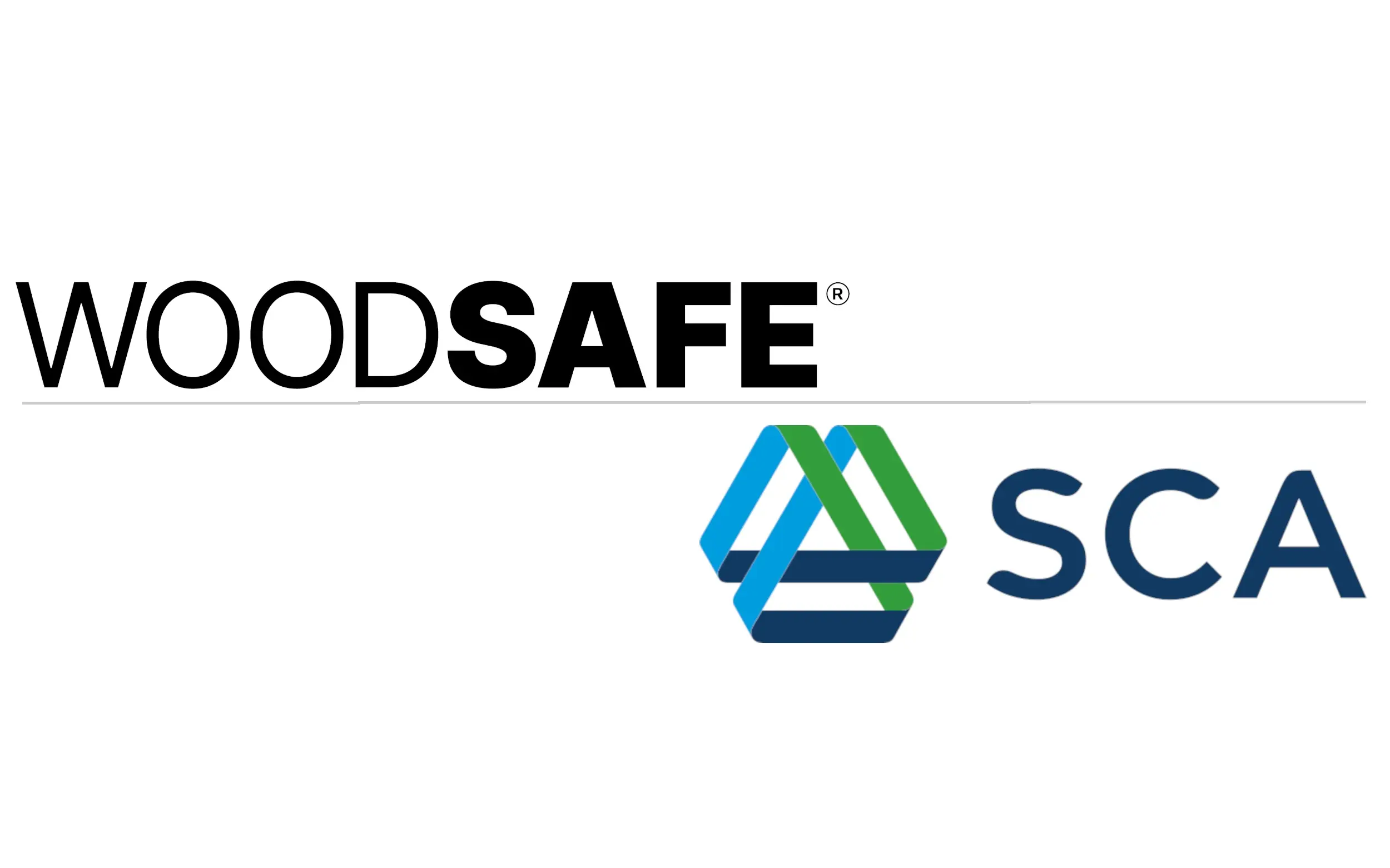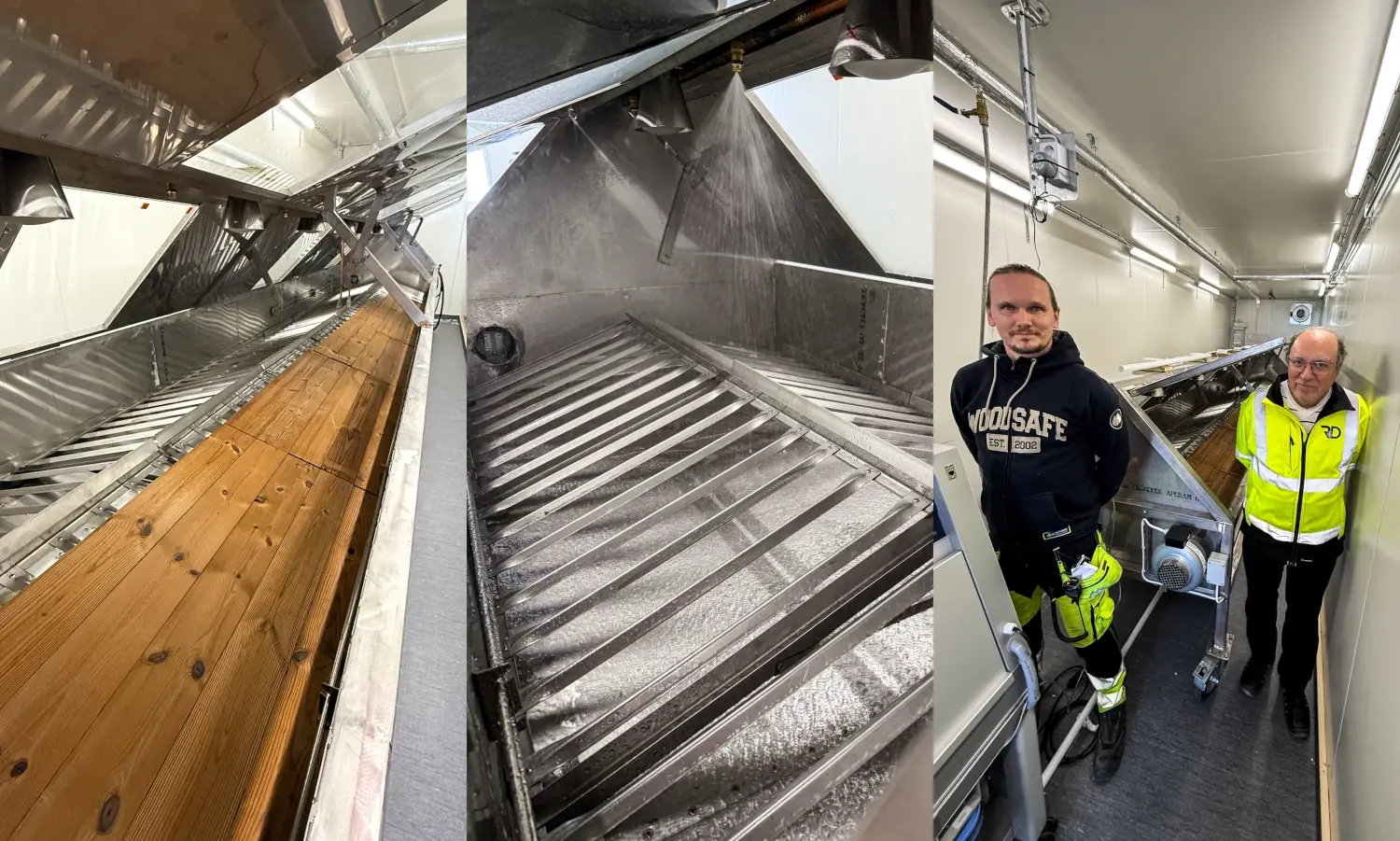Fire consultant
Prescribing the correct fire class without a class of use is directly inappropriate
Prescribing the correct fire class without a utility class is directly inappropriate, as an expert fire consultant or advisor, you have gained the client's trust to prescribe the fire class in the best way and the opportunity to refer manufacturers with the right properties, based on certifying documentation. But unfortunately, prescribed properties do not become what is procured because of the concept "or equivalent" as many stakeholders have no idea what the change of make can mean. For you as an expert fire consultant, you bear a very large overall responsibility to mark right and wrong if you discover that a prescribed product is being replaced by another.
The Construction Products Ordinance is a basic requirement (CPR 305/2011)
Solid wood is subject to requirements for a performance declaration, where fire-impregnated wood ends up in control system 1, as distinct from unprocessed wood that is declared according to system 4. It is important to remember that all wood that is modified in any way to such an extent, that it has changed performance, must be tested and declared based on the result. For example, ordinary untreated spruce that is painted with ordinary paint does not necessarily meet D-s2,d0 as the regulations mean according to CWFT. Under the same condition, heat treatment, acetylation, oil impregnation can affect the performance from D class to E class or worse.

| The same fire class, e.g. wood and SP FIRE 105 | The entirety of the system's structure approved |
CE-certificate | Type approval certificate |
Utility class EN16755 | ISO 9001 | Utility class, natural aging without surface treatment |
Utility class, natural aging with surface treatment | |
| Brand A | Yes | Yes | Yes, legal | Yes | Yes | Yes | Yes, according to EN16755 EXT | Yes, according to EN16755 EXT |
| Brand B | Yes | Yes | Yes, legal | No, not legal | No, not legal | No, not legal | Only according to BS-EN16755 EXT which is not an approved European standard | Only according to BS-EN16755 EXT which is not an approved European standard |
Five valuable pieces of advice
To you as a fire consultant
- 1Ensure that fire-treated wood is covered by a declaration of performance according to the requirements of CPR 305/2011 and EN14915. Remember to check the properties against the area of use itself and that the product properties are declared according to AVCP system 1, which is the level of control required.
- 2Remember that CE marking is not a certificate of approval, it is a declaration of the product's performance, which necessarily does not meet national regulations according to the Swedish Housing Agency's building regulations, Plans, and the Building Act (SFS 2010:900).
- 3Fire-impregnated wood can achieve several different fire classes. But this does not mean that the fire retardant has suitable properties to be installed in an exterior environment as facade cladding. Utility class EN16755 EXT is not a legal requirement, but a matter of course to check for sustainable construction with fire-resistant wood.
- 4Check the entirety of the manufacturer's documentation, which notified authority issued the certificates and the availability of associated documentation.
Tip
Our advice is that if you want to feel secure in your regulations and work professionally, then you should use products with a type approval certificate that establishes that the product's technical properties comply with the requirements of the Swedish Housing Agency's BBR and the Planning and Building Act (SFS 2010:900) PBL .
Prescriptive text
B-s1,d0 Solid wood
K210/B-s1,d0
B-s1,d0 Plywood
SP FIRE 105
WOODSAFE® Exterior WFX copy warning
There is only one original and that is Woodsafe Exterior WFX waterproof fire protection. All other options are copies that at no point regardless of what is claimed and promised, can be compared to WFX.
Arguments such as through impregnation give equivalent properties, that surface treatment with oil such as Jupex 45 or linseed oil would give equivalent properties, are far from the truth.
Let us explain the difference.
Product (A) is composed of, for example, Di-ammonium phosphate and water. What then is permanent? The composition is water-soluble even after drying and is also very hygroscopic.
Product (WFX), on the other hand, is a complex formula, which, in combination with impregnation and fixing process, chemically binds together into a polymer. The fire retardant WFX is classified as waterproof and insoluble in exterior environments by WPA and AWPA.
This is the difference!
The question you should ask yourself in the choice of copies. Who has certified the promises and claims? Who bears the responsibility when other fire retardant that cannot present equivalent performance are leached out and renovation is a fact?
Important information about the SP FIRE 105
As an expert, you must look at the properties of the fire retardant and not stare blindly at the facade requirement SP FIRE 105. There are several different fire retardants that meet the facade requirement, but only a few are suitable to use. Two products that appear to have the same performance can be the exact opposite of each other, despite both being capable of SP FIRE 105.
Let us explain a nasty scenario.
You have two products (A and B). Both products have approved SP FIRE 105 testing, where product A has a statement from RISE about approved testing, while product B is type approved. If you now think for a little while what the difference is, you will soon have it explained.
The answer is: Both products have passed SP FIRE 105, but product B is the only product that meets the legal requirement! Why, one might ask, but the answer is simple. SP FIRE 105 does not make any requirements for fire-resistant properties, but type approval certificates do according to guidelines established in Plan, and the Building Act (SFS 2010:900) PBL.
Then ask yourself whether you really dare to recommend product A when the properties are not fire-resistant in exterior and damp surroundings. How long will the function remain, what happens afterwards, how safe can the residents really feel? The questions are many.
The same performance is not the whole truth
The fire requirement B-s1,d0 is met by several different brands and systems, but you have to think beyond that. Fire class B-s1,d0 is based on factors such as the thickness of the wood, air gap or no air gap, surface treatment, underlying substrate, coating of paint or impregnation.
Use the Question & Answer appendix for an easier check and overview of whether the product's performance meets the installation conditions.
Type approval certificates provide the answers you need
The only way to professionally manage the regulation of fireproof wood is to apply type approval certificate requirements.
The basic requirement for a type approval certificate is that the product is CE marked and in cases where the wooden panel is intended to be used as facade cladding Br1 building or in an exterior environment, the additional requirement is SP FIRE 105 and fire-resistant properties according to EN16755 EXT.
Do not let yourself be fooled
Common sense goes a long way.
Non-serious claims where arguments such as through impregnation and thus permanent properties equivalent to the life of the wood. These are baseless promises that are worth nothing.
Contact the Woodsafe support department for more information.
Why should I prescribe WOODSAFE®?
But think like this: Woodsafe Timber Protection AB works with the world's largest manufacturer of fire retardants, we have thousands of projects, we work in an ALL-IN-ONE concept where the market's leading players in the industry give you expert and professional support.
Woodsafe Timber Protection AB has more than 30 years of experience in passive fire protection, own manufacturing in Sweden, manufacturing control by RISE (SP) and has held CE certificates since 2009, long before most people who work with wood fire protection. The fire retardant has been used for more than 10 million cubic meters of wood worldwide.



